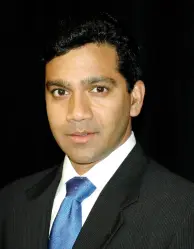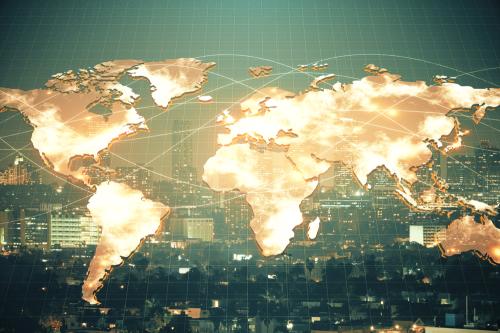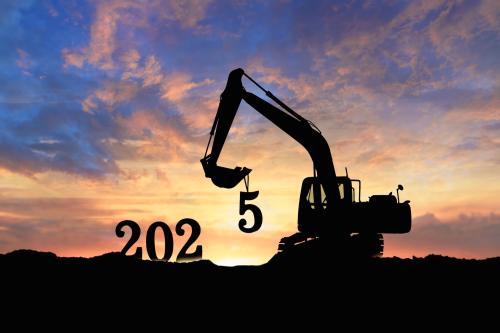Editor’s Note: This is a chapter from “The Last Mile in Ending Extreme Poverty,” which explores the challenges and steps needed to end extreme poverty.
In 1990 approximately half of the population in the developing world lived
on less than US$1.25 a day. By 2010 some 700 million people had been
lifted out of poverty, dropping that rate to 22 percent, and fulfilling the first
Millennium Development Goal of cutting extreme poverty in half (UN 2014).
Still, a billion people continue to live below the $1.25-a-day line, and achieving
the “last mile” in eradicating poverty will require a different set of instruments,
institutions, and policy regimes than has been commonly used.
This chapter argues that, although much progress against extreme poverty
in low- and middle-income countries has been accomplished through so-called
inclusive growth, the elimination of consumption-based poverty will require
greater attention to the political economy of social protection in developing
nations. Since the 1990s, increases in labor-based income have been responsible
for most of the achievement in poverty reduction. But for the large middle-
income countries (where most of the world’s extreme poor currently live),
evidence suggests that the effect of labor income on consumption will hereafter
diminish considerably, with the poorest individuals remaining vulnerable
to a variety of shocks, thus requiring a more effective social floor below which
they cannot fall. In middle-income countries, it may be that growth has lifted all the poor out of extreme poverty who can be lifted; for the rest, social policy
will be needed.
What kind of social policy mix is needed? While it is technically possible
to devise precise, leakage-free, redistributive mechanisms that can raise consumption
among the extreme poor and protect those on the edge of poverty,
the political reality is that critical support among the nonpoor for these types of
schemes is the lowest where it is needed most, namely, in countries with large
populations of extreme poor. Consequently, if these countries continue their
typical policy mix of “inclusive” growth strategies combined with targeted transfer
programs, movement along the last mile will be slow. Instead, the last mile
in poverty reduction is more likely to be sustainable through comprehensive,
even universal, social policies in which the nonpoor are included.
By 2030, however, most of the world’s extreme poor will live in fragile states,
many of which are low-income countries. In these countries, of course, there
remains much mileage to be gained from growth. However, reforms to social
policies in these countries also have their place. Here the challenge is to weave
together the various strands of highly fragmentary antipoverty programs into
more uniform, effective systems of social protection that preserve cohesion.
Much of this chapter draws upon the history of poverty reduction and social
policy reform in advanced, industrialized economies. Of course, countries in the
developing world have followed different trajectories—with respect to the timing
of industrialization, reliance on service sectors, and the role of the state in
the economy in the context of postcolonial development. This chapter argues,
however, that the mechanisms by which extreme poverty was reduced in richer
countries when those countries were much poorer—through “welfare states”
financed through a tax system in which all citizens held a stake, but that also
reduced the multiple vulnerabilities faced by the poor—apply with equal force
in developing countries today. From Brazil to India to sub-Saharan Africa one
already sees hints of these historic forces at work: a long-undermined commitment
to the tax system; middle-class resentments against corruption and poor
service delivery; and a political awakening that has upended long-lived alliances
between ruling elites and particular constituencies in which the middle
classes are sidelined. Indeed, the process of welfare-state building—much like
state building itself—has not been a peaceful one. In Western Europe and in
the United States in the nineteenth and early twentieth centuries, it was characterized
by social unrest, political extremism, and economic turmoil. Whether
countries where the extreme poor live can develop durable institutions of social
protection will depend on a number of factors, including the broader macroeconomic
environment, the effect of globalization on the types of risks countries
face, the establishment of domestic political alliances between the poor and the nonpoor, and the ability of aid recipients to temper the strong preference for
targeting among the donor community.
The Brookings Institution is committed to quality, independence, and impact.
We are supported by a diverse array of funders. In line with our values and policies, each Brookings publication represents the sole views of its author(s).



